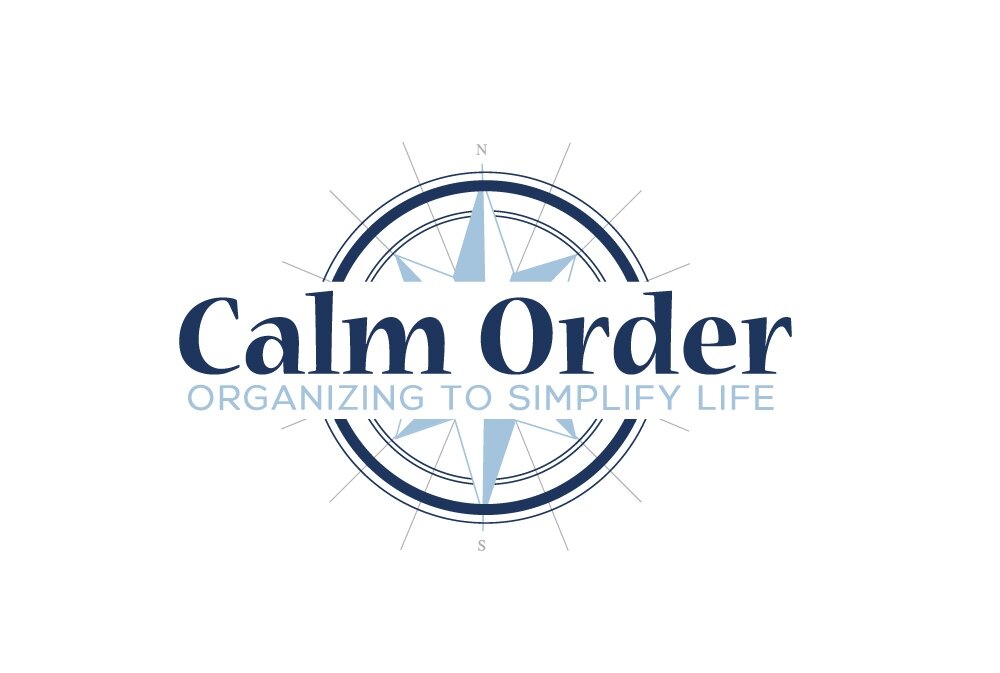With holiday products now available in most stores, and a major sales weekend coming up, it can be hard to refuse the allure of buying and accumulating more. This is especially true when many of us have the excuse of buying gifts, hosting parties, and feeling stressed. However, there is a way for people to prevent themselves from overbuying and adding more clutter into their lives over the holidays.
Take stock of what you already have
Before you even step into the grocery store or shopping centre, make sure you take a look around your home to see what you already have. This can save you from buying duplicates of anything or buying unnecessary items. For example, if you are doing holiday baking, check your pantry or the back of your cupboards for any leftover ingredients from the year before, or anything else that you can still use. This will keep you from buying another bag of sprinkles or more icing when you don’t need it.
In terms of holiday gifts, this is also a good idea, especially if you have been buying for people throughout the year. Sometimes it can be easy to forget a small item you may have purchased for someone back in March, so check all your usual storage areas and take a look at what you have already purchased for the people on your list.
Stick to the list
Now that you know what you have, make a list of what you need. This will help you stay on track while doing any shopping and curb any temptations to buy impulsively. Start by making a separate list of what food and drink items you need for entertaining. Go through each dish you have on your menu, and what ingredients, condiments, serving dishes, and utensils you might need. To stay even more organized, group your ingredients into different categories based on the aisles and sections of your grocery store. This way, you can go through the store and get exactly what you need and prevent you from doing any unnecessary browsing through aisles where you don’t need anything.
For your gifts, make a list of everyone you need to buy for, and what they all need. For example, is it a small Secret Santa gift with a specific price limit? Is it a stocking stuffer, or a major gift? Is it for a co-worker, or a close relative? When you’re putting together their list, keep in mind what your relationship is and what kind of gift you want to give them. This will help you formulate gift ideas or know what to choose when you’re doing your shopping.
Know your limits
Holiday shopping can be expensive, so make sure you know what your budget is! Having your budget in mind can help keep you from overspending. Knowing what money you have to spend on gifts can also help when formulating your gift-giving list, and keep you from overbuying your gifts. When you’re shopping, keep in mind that you also want to reduce the clutter in other peoples’ lives, not just your own. So try and think of gift ideas that are not only cost-effective for you and within your budget, but also something useful and practical that your friends and family can actually appreciate.
The holiday season can be a big shopping holiday – but this year, try to avoid the temptation to add clutter to your home and spend more than you have. Consider your shopping needs carefully before you head to the store, know what you actually need and what you already have, and make sure you follow your budget. This way, you can enjoy the holidays without any shopping or financial regrets when the season ends.













